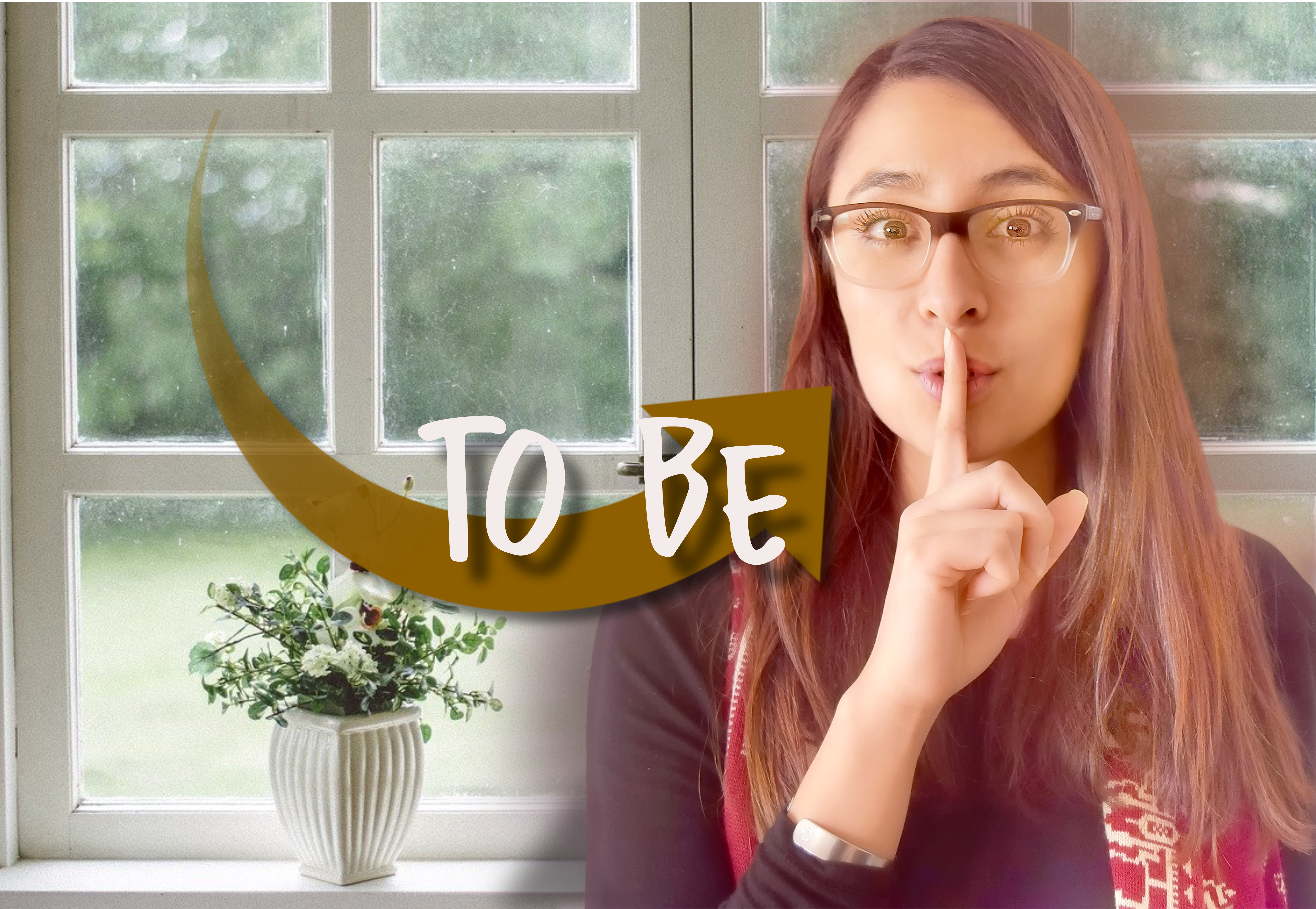Lengua extranjera I [2025C]
Descripción de la sección
-

Welcome!
That you decided to continue your studies on the secondary and perhaps move on to university, it is important that you are aware of the professional demands of the current world. Studying a second language is now essential to your adequate professional growth.
Maybe at one point you found the instruction manual for some electrical appliances with directions written in different languages, or using social network sites such as Facebook or Instagram you may find phrases in another language and you may need to use an online translator or a dictionary to understand the meaning. These are a few examples that evidence the need to study a second language.
While studying this first UAI Lengua Extranjera 1, you will be able to apply your knowledge of grammar in past and present tense while using the four linguistic abilities: Reading, writing, speaking and listening in English.
This UAI is made of four modules, each containing themes that will require you to complete activities that will help you create your Final Project.
The first part of your Final Project needs to be complete once you finish the activities of modules 1 to 3, and you will need to elaborate a script with sentences in the present tense. The second part of your Final Project needs to be complete when you finish module 4, it must be a story based on a personality or historical figure that is important for you. The sentences used in this story have to be in the past tense.
As you can see, by working on this UAI we expect you begin using a second language and implement it on your final project: a comic.
Let's get started!
Note: For better navigation, use the horizontal navigation bar , clicking on the activity or topic that appears in the lower left or right according to the content to be developed.
-
Objective:
To apply the grammatical knowledge in present and past tense by using the four linguistic abilities: reading, writing, speaking and listening to communicate in a second language.
-
The verb to be and possessive adjetives

Introduction
Verb to be story
Today is Monday. It is 8 o´clock in the morning. A group of teenagers are at school. Their classroom is big and nice. There are five chairs and one desk. There is a brown door, closed. The ceiling fan is off. There are three boys and two girls. They are sitting on the chairs. The teacher is standing next to the blackboard. The class is starting and the teacher writes the topic in the blackboard. The teacher explains a few math exercises.
In the previous story the examples of verb to be are bolded. The verb to be is used in a number of different ways in English. The main use of the simple present of to be expresses a present or general state, whether temporary, permanent or habitual. Also, it can be used to refer to something that is true at the present moment.
Subject pronouns
Full form
Contracted form
I
am
´m
You
are
´re
He, she, it
is
´s
We
are
´re
You
are
´re
They
are
´re
Topics
- The verb to be: Statements and questions with contractions.
- Vocabulary: Countries and nationalities, numbers 11-100, personal information, adjectives or others.
- List of verbs
- Possessive adjectives.
- Vocabulary: Family members, jobs and occupations, sports or others.
-
The simple present

Introduction
We use the simple present use to:
- Express habits and routines, general facts, repeated actions or situations, emotions and permanent desires.
- Give instructions or directions.
Be careful, the simple present is not used to talk about actions in progress in the present.
Subject
Affirmative
Negative
Question
I
I am
I am not
Am I?
He/she/it
He is
He is not
Is he?
You/we/they
You are
You are not
Are you?
Topics
- The Simple Present: Affirmative and negative statements.
- The Simple Present: questions with do.
-
Present continuous (progressive) and frequency adverbs

Introduction
The present continuous or present progressive is used for actions in progress at the moment of speaking. The present continuous tense is formed from the present tense of the verb (base form) and the present participle.
Affirmative
Negative
Question
I
I am eating
I’m eating
I am not eating
I’m not eating
Am I eating?
He, she, it
He is eating
He’s eating
He is not eating
He’s not eating
He isn’t eating
Is he eating?
You, we, they
You are eating You’re eating
You are not eating You’re not eating
You aren’t eating
Are you eating?
Topics
- The Present Continuous: Statements and WH-questions.
- Frequency adverbs and word order.
/div> -
Simple past

Introduction
You can also conjugate verbs in the past tense.
The simple past expresses an action in the past taking place once, never or several times. It can also be used for actions taking place one after another or in the middle of another action.
To conjugate regular verbs in the simple past you just add the termination ed at the end. This can be used for all persons (I, you, he, she, we and they).
If the verb ends with an e, we simply add a d. Now we can start practicing the simple past.
Topics
- The verb to be: Simple past statements.
- Vocabulary: Past events (verbs), travel, vacation activities or others.
- The simple past: Statements and questions.
- Vocabulary: Past events, travel, vacation activities or others.
-
Student's final projet: "My life as a comic"
The student creates a comic to represent in written and illustrated form different situations from his or her real life, using the simple past, simple present and present continuous in affirmative, negative and interrogative sentences; the student must also utilize this course’s vocabulary (traveling, vacations, free-time activities, jobs, likes, dislikes, music and movie genres, habits, routines, everyday life activities, school activities, family members, nationalities, etc.) and does this all with the proper grammar.
By the end of this UAI, the student must exhibit and increased command of the four linguistic abilities (reading, writing, listening and speaking) in a second language (English) and use the present and past tenses to successfully communicate ideas and thoughts in different contexts and situations.


